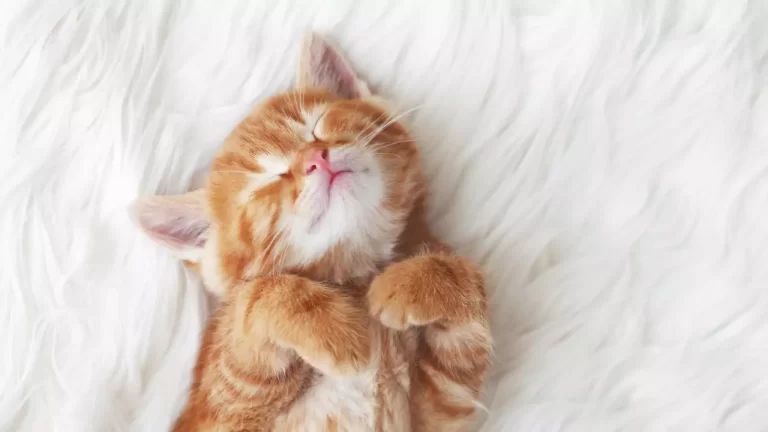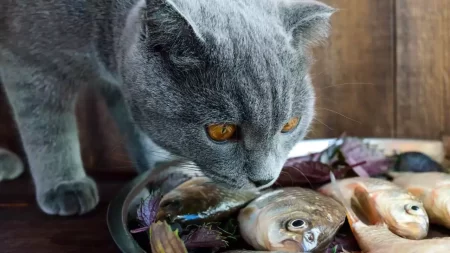Yes, a cat’s fur plays a crucial role in keeping them warm. It’s a marvel of evolutionary design, providing insulation and protection from the elements. But fur’s effectiveness varies depending on factors like length, breed, and individual cat characteristics. Let’s delve into the science behind cat fur and how it keeps these feline friends comfortable in diverse climates.
The Science Behind Cat Fur Insulation
Structure of Cat Fur
Cats have a double coat: guard hairs and undercoat. Guard hairs are longer, coarser, and repel water, while the dense undercoat traps air, creating a fluffy layer for insulation. This air layer acts like a barrier, minimizing heat loss from the cat’s body.
Role of Air Pockets
As cats fluff up their fur in cold weather, they increase the air trapped between the hairs, enhancing insulation. This is similar to how down jackets work, relying on trapped air for warmth.
Importance of Grooming
Regular grooming is vital for maintaining fur’s insulating properties. Cats remove dead fur and distribute oils through their coat, ensuring air pockets remain effective. Matted or dirty fur loses its insulating ability, making cats more susceptible to cold.
Types of Cat Fur and Their Insulating Properties
Short-haired Cats
Breeds like Siamese or Shorthairs have less fur, making them less well-equipped for extreme cold. However, their denser undercoat still provides some insulation. They may seek warmer spots indoors or require additional warmth during harsh winters.
Long-haired Cats
Fluffy breeds like Persians or Maine Coons have a thick undercoat and longer guard hairs, offering superior insulation. Their fur effectively traps heat, allowing them to tolerate colder temperatures better than short-haired cats.
Hairless Cats
Sphynx cats lack fur entirely, relying solely on internal mechanisms for temperature regulation. They are highly sensitive to cold and require a warm environment year-round.
How Cats Adapt to Different Climates?
Seasonal Fur Changes
Some cat breeds, like Maine Coons, experience seasonal shedding and regrowth. Their fur thickens in winter for added warmth and thins in summer for better heat dissipation.
Regional Adaptations in Cat Breeds
Breeds like Siberian cats adapted to harsh Russian winters, and have exceptionally thick and long fur for superior insulation. Conversely, desert-dwelling breeds like the Singapura have minimal fur to manage heat effectively.
Behavioral Adjustments for Temperature Regulation
Cats instinctively seek warmth by basking in the sun, curling up in cozy spots, or snuggling with their humans. They may also increase activity to generate internal heat in colder environments.
In conclusion, while all cats benefit from fur for insulation, its effectiveness varies based on type, breed, and individual characteristics. Understanding these factors helps us provide our feline companions with the appropriate care and ensure their comfort in diverse climates.







